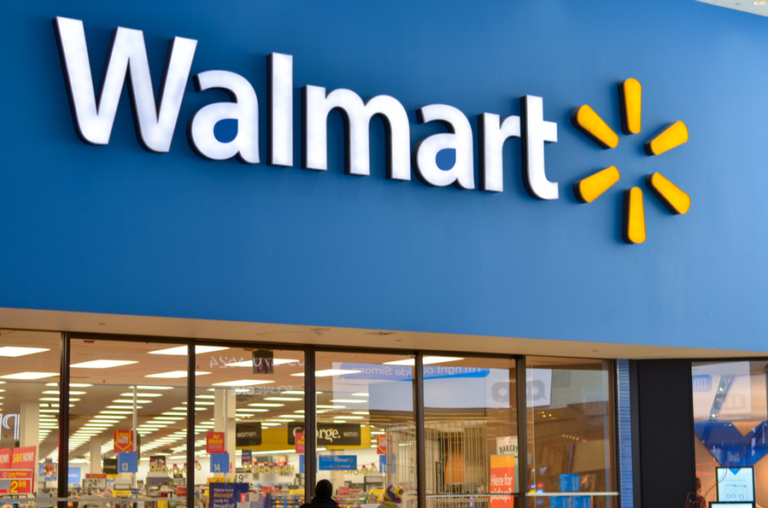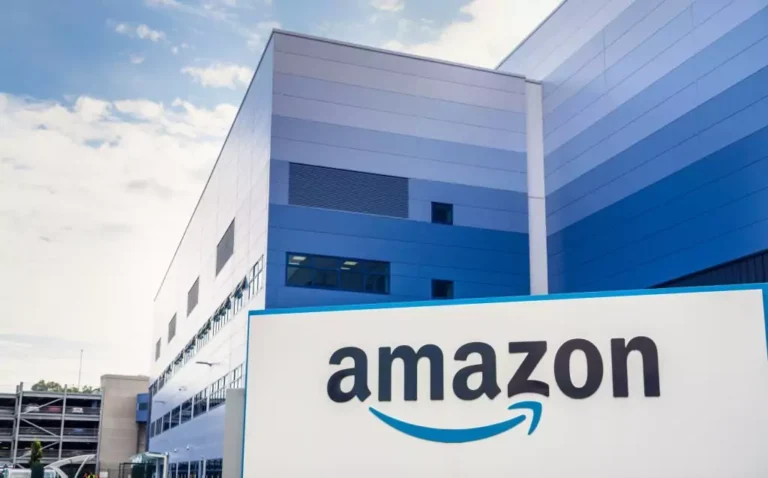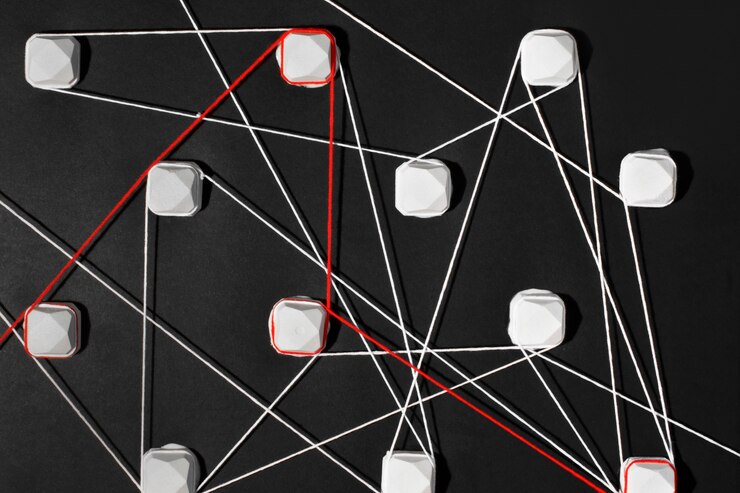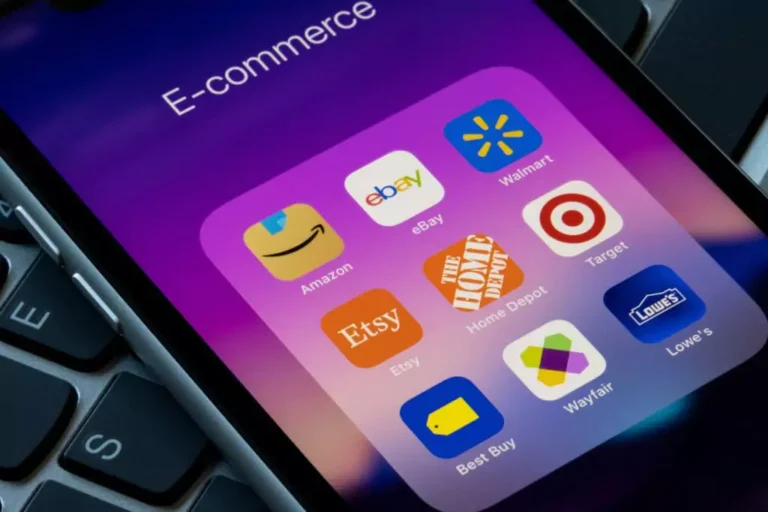How Many Business Cards Should I Order
Introduction
Networking is a crucial aspect of business success. It allows individuals to establish connections, build relationships, and create opportunities for growth. In the digital age, where virtual interactions dominate, the role of business cards may seem outdated. However, business cards continue to play a significant role in networking. They serve as a tangible representation of your brand and contact information, providing a personal touch and professionalism in networking situations.
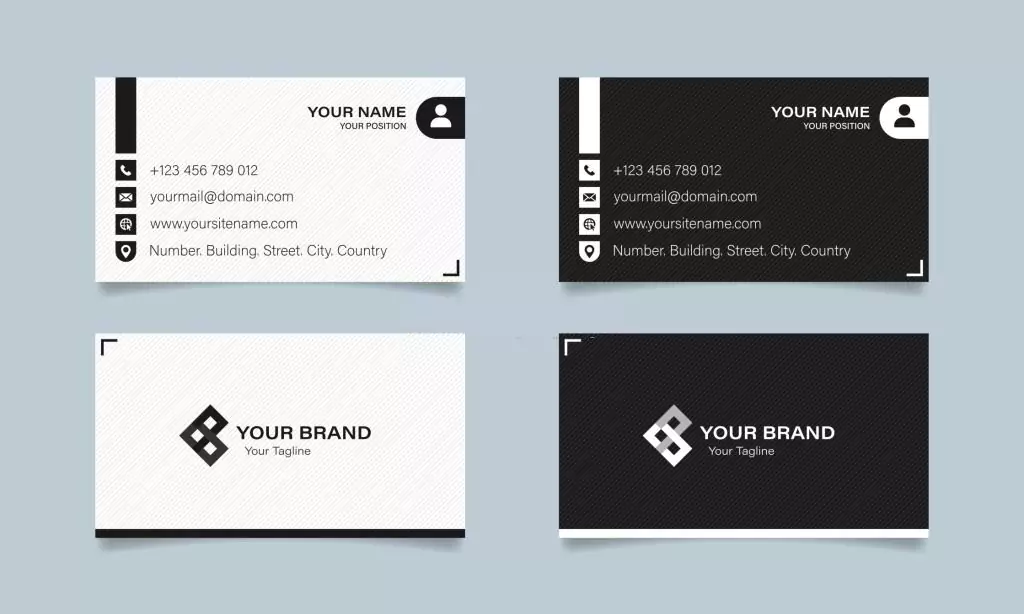
The Importance of Business Cards in Networking
Business cards are more than just pieces of paper with contact information. They are a powerful tool that represents your brand and serves as a physical reminder of your encounter with someone. In a world where digital communication is prevalent, business cards provide a personal touch that sets you apart from others. When you exchange business cards with someone, it shows that you value the connection and are willing to invest in building a relationship.
Furthermore, business cards provide a sense of professionalism. They demonstrate that you take your business seriously and are prepared for networking opportunities. Having a well-designed and high-quality business card can leave a lasting impression on potential clients or partners. It shows that you pay attention to detail and are committed to presenting yourself in the best possible light.
Determining Your Networking Needs: How Many Business Cards Should I Order?
Before ordering business cards, it is essential to assess your networking needs. Consider factors such as the frequency of networking events you attend and the number of contacts you typically meet. By understanding your networking habits, you can determine how many business cards you should order to ensure you have enough for all potential encounters.
Consider Your Networking Frequency and Events Attended
Evaluate how often you attend networking events and the types of events you typically participate in. If you are an active networker who attends multiple events each month, you will likely need a larger quantity of business cards. On the other hand, if you only attend occasional events or have a more niche target audience, you may not need as many business cards.
It is also important to consider the size and nature of the events you attend. If you frequently attend large conferences or trade shows with hundreds or thousands of attendees, you may want to order a larger quantity of business cards to ensure you have enough for everyone you meet. However, if you primarily attend smaller, more intimate networking events, a smaller quantity may be sufficient.
Calculating the Number of Business Cards Needed for a Year
To calculate the number of business cards needed for a year, start by estimating the number of networking events you plan to attend. Consider both regular events and any potential one-time opportunities that may arise. Next, estimate the average number of contacts you typically meet at each event. Multiply these two numbers together to get an estimate of the total number of contacts you may encounter in a year.
It is also important to factor in potential growth and unexpected networking opportunities. If your business is growing rapidly or you anticipate attending additional events in the future, it may be wise to order a larger quantity of business cards to accommodate these changes. Additionally, having a few extra business cards on hand can be helpful in case you encounter unexpected networking opportunities.
The Pros and Cons of Ordering Business Cards in Bulk
Ordering business cards in bulk can have several advantages. Firstly, it often comes with cost savings. Many printing companies offer discounts for larger quantities, allowing you to save money in the long run. Secondly, ordering in bulk ensures that you have an ample supply of business cards on hand at all times. This can be particularly beneficial if you frequently attend networking events or have a high turnover rate of contacts.
However, there are also potential drawbacks to ordering business cards in bulk. One major concern is the risk of outdated information. If your contact details change or your branding evolves, having a large quantity of outdated business cards can be wasteful and potentially damaging to your professional image. Additionally, storing a large number of business cards can be challenging, especially if you have limited space.
Customization Options: Choosing the Right Design and Information
When ordering business cards, it is crucial to choose a design that reflects your brand and stands out from the competition. Your business card should be visually appealing and memorable, leaving a lasting impression on those who receive it. Consider using colors, fonts, and images that align with your brand identity.
In terms of information, include essential details such as your name, job title, company name, phone number, email address, and website. You may also want to include your social media handles or a QR code that directs recipients to your online presence. However, be mindful of cluttering the card with too much information. Keep it clean and concise to ensure readability.
Networking Etiquette: When and How to Distribute Your Business Cards
Knowing when and how to distribute your business cards is essential for effective networking. It is generally best to wait for an appropriate moment in the conversation before offering your card. This ensures that the recipient is genuinely interested in connecting with you and is more likely to keep and utilize your card.
When exchanging business cards, present yours with both hands and take a moment to look at the other person’s card before putting it away. This shows respect and demonstrates that you value the connection. Additionally, consider writing a personalized note on the back of the card after the conversation to help the recipient remember you.
The Role of Technology: Digital Business Cards vs. Traditional Paper Cards
In today’s digital age, digital business cards have gained popularity as an alternative to traditional paper cards. Digital business cards can be easily shared via email or messaging apps, eliminating the need for physical cards. They can also include interactive features such as links to websites or social media profiles.
However, traditional paper business cards still hold value in networking. They provide a tangible and personal touch that digital cards cannot replicate. Paper cards are also more likely to be kept and remembered by recipients, as they serve as a physical reminder of the encounter. Additionally, not everyone may be comfortable with or have access to digital technology, making paper cards more inclusive.
Budgeting for Business Cards: Cost Considerations and Alternatives
When budgeting for business cards, consider the printing options and materials available. The cost of business cards can vary depending on factors such as the design complexity, printing method (digital or offset), paper quality, and finishes (such as matte or glossy). It is important to balance cost with quality to ensure you are presenting yourself in the best possible light.
If budget is a concern, there are alternatives to traditional business cards that can be more cost-effective. For example, digital alternatives such as virtual business cards or networking apps can be a more affordable option. These options allow you to share your contact information digitally without the need for physical cards.
Evaluating the Effectiveness of Your Business Cards: Tracking Networking Success
To measure the effectiveness of your business cards in networking, it is important to track your networking success. One way to do this is by tracking referrals. Keep a record of how many referrals you receive from individuals who received your business card. This can help you gauge the impact of your networking efforts and identify areas for improvement.
Another way to measure success is by monitoring website traffic. Include a unique URL or QR code on your business card that directs recipients to a specific landing page on your website. By tracking the number of visits or conversions from this page, you can gain insights into how effective your business card is at driving traffic and generating leads.
Conclusion
In conclusion, business cards continue to play a crucial role in networking despite the rise of digital communication. They provide a tangible representation of your brand and contact information, adding a personal touch and professionalism to networking situations. When ordering business cards, it is important to assess your networking needs and consider factors such as the frequency of events attended and the number of contacts typically met. By making informed decisions about the quantity, design, and distribution of your business cards, you can maximize their effectiveness in building connections and creating opportunities for growth.

